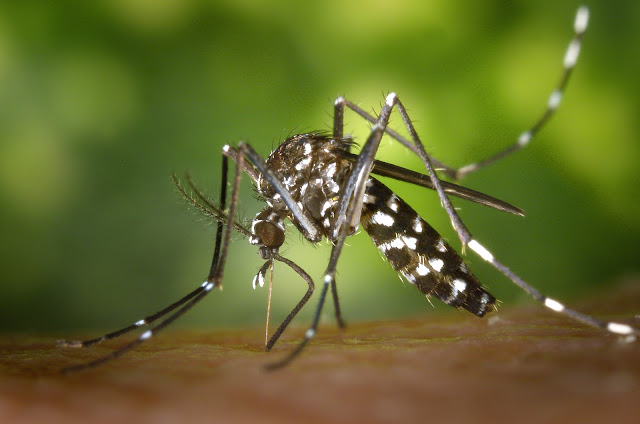Dengue (pronounced DEN-gee) fever is a mosquito-borne disease caused by one of four closely related dengue viruses. WHO has defined dengue as a vector-borne disease transmitted by the bite of an infected mosquito. There are 4 serotypes of the virus that causes dengue. These are known as DEN-1, DEN-2, DEN-3, DEN-4.
Now the question comes “What is a vector”?
In simple words a vector is a vehicle or a medium that carries and transmits a disease to its host organism. In case of dengue, vector is the mosquito and host is a human being. The mosquito (the vector) transmits the dengue virus to human beings (host) via a bite.
According to a research report of WHO, there are over 50-100 million cases of dengue worldwide each year and 3 billion people living in dengue endemic countries. Below is the map of dengue infected nations.
Dengue fever infected nations
Today, approximately 40% of people live in regions of the world where there is a risk of contracting dengue.
How does the disease spreads?
The dengue virus spreads through a human-to-mosquito-to-human cycle of transmission.
The dengue virus is carried and spread by female mosquito Aedes aegypti. It is the primary vector of the dengue virus. The female Aedes aegypti becomes infected with dengue virus when it bites a person with dengue virus in their blood. When a mosquito feeds on the blood of dengue virus infected person, the virus enters into the blood stream of the mosquito making it a dengue vector. Once the virus enters the mosquito’s system, it spreads through the mosquito’s body over a period of eight to twelve days. After this period, the virus infected mosquito can transmit the dengue virus to another person via bite.
When a virus infected Aedes aegypti mosquito bites a person, he/she develops a state called viremia. It is a medical condition where dengue viruses enter the bloodstream of the person and have access to the rest of the body. A person enters into the viremia state in four to five days after being bit by the infected mosquito. Five days after being bit by the mosquito, the person develops symptoms of dengue fever, which can last for a week or longer.
Breeding conditions and life cycle of mosquito Aedes aegypti
The dengue mosquitoes flourish in areas close to human population. They usually live indoor in dark and cool areas like closets, under bed, behind paintings and curtains etc. They lay eggs in water-filled containers inside the house, discarded waste, water coolers, old tires, flower pots and in any vessel that can hold water. The eggs hatch when in contact with water but can also withstand dry conditions and survive for months.
The life cycle of Aedes aegypti primarily consists of four stages: egg, larva, pupa and adult mosquito. Female mosquitoes mostly lay their eggs above the water line inside containers that hold water. In couple of days larva hatch from the eggs. There are four developmental stages of larva. At the fourth stage the larva becomes fully grown and develops into pupa (also called cocoon stage). After two days the mosquito fully develops and come out of pupa skin. Egg, larva and pupa are aquatic stages i.e. they require water for survival but adult mosquito is able to fly and is not aquatic.
Sources/References:
-
- (Picture 1 source: www.eliminatedengue.com)
-
- (Picture 2 source: www.denguepatrolskptm.blogspot.com)
-
- (Cover picture source: https://www.flickr.com/photos/185092652@N03/49226481601/)
- (Content source: www.who.int/denguecontrol)

